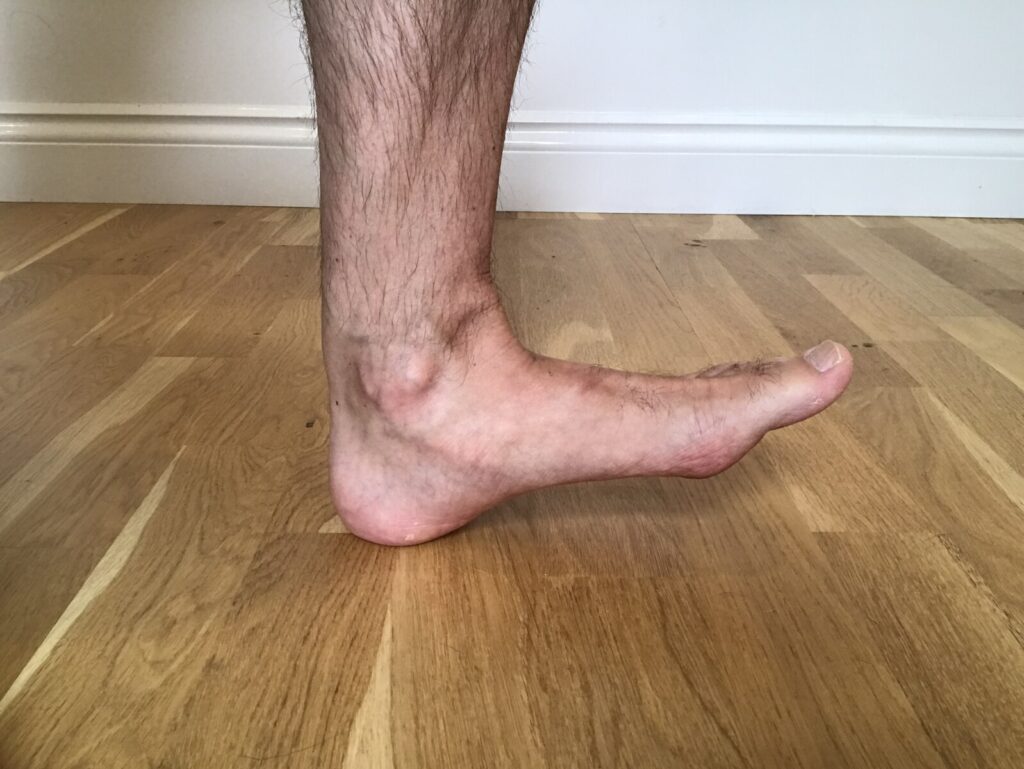In this post we discuss how to train for the sport of life and why just being active isn’t enough.

The majority of the people I work with play sport. Most have sought assistance to either recover from ongoing injury, or improve their sports performance with resistance training.
There are however a group of people who work with me in order to maintain their function and live life without pain.
Life as a sport
Life can be thought of sport. It has its demands which will be different for each of us. To live without physical issues requires your muscular system to tolerate the forces that you place on it day after day.
Your ability to carry out what we might consider everyday tasks is not a given. And just repeatedly performing those tasks won’t necessarily ensure you can continue to do so.
Unless you’re working on the function of your muscular system, then slowly and almost imperceptibly you’re losing capacity over time. Until one day you notice.
As somebody said to me last week, ‘walking without pain is the simplest and most enjoyable of pleasures, one that you don’t appreciate until you can’t.’
Playing sport may not help you in the sport of life
You might think that participating in an activity is enough. If you run, ride your bike, or play golf for example, that will suffice. It won’t.
In fact adapting your body so well for a sport may be deleterious to your performance in everyday activities.
Think about the road racing cyclist who can’t mow the lawn without putting his back out. Or the marathon runner who can’t carry the shopping home without messing up her shoulder.
These are real life examples. People who can produce outstanding performances in their given activity, but struggle with things my grandmother could accomplish into her 80s.
In order to be a functioning human being you need to train with that in mind.
So how do you train for life?
First think about what your life involves and reverse engineer the problem.
The starting point for me is usually what can’t you do. By that I mean where are the current limitations of your muscular system.
Assessing your ability to move and control your joints is the first and most fundamental step.
Presuming your bone and joint structure is similar on each side of your body, restrictions in range of motion will lead us to areas of your muscular system that would benefit from some attention.
This step is particularly important if you currently suffer with aches and pains, as it’s these limitations that may be at the root of such problems.
Of course general exercise might begin to stimulate these weaker muscles but this is somewhat hit and miss.
The faster and more intense the exercise, the less likely this will happen.
Compare for example a high intensity interval training class to something with more conscious control such as Pilates.
You probably instinctively know which one is more likely to have you feeling better rather than worse.
And remember Pilates in most cases is still a general application of movement, it’s not specific to your individual circumstances.
Training to maintain the function of your muscular system
Training for life must first and foremost mean maintaining the ability of your muscles to move your joints.
To illustrate this concept let’s assess the function of the muscles that move your ankle or talocrural joint.
These muscles are heavily involved in walking and running and help to keep us upright. They’re also the first to show changes with age. If you’re thinking about training for life, they’re a great place to start.
The movements available at your ankle joint are plantar flexion and dorsiflexion. Put simply you have muscles that move your foot towards the floor (plantar flexors) and others that lift it away from the floor (dorsiflexors).
How to assess the function of your dorsiflexors
Sit down on a chair with your feet flat on the floor. Attempt to lift one foot away from the floor without your heel leaving the ground. Now try the same on the other side.
Is there a difference? Does one foot seem easier to lift or move further?
How to assess the function of your plantar flexors
From the same starting point, try to lift a heel off the floor as far as possible without the knuckle of your big toe lifting. Now try the same on the other side.
Can you get one heel higher than the other? Is one side easier to lift, or do you feel cramp in your calf muscles?
What to do if you find a limit
If you found either assessment more difficult on one side, that’s an indication the muscles involved require attention.
We could place those muscles into an exercise to improve their function, or look a little deeper to see which particular ones require assistance.
For the purposes of making a quick improvement, you can simply hold the end range position of either test for 5 seconds. Repeat this 5 or 6 times on the limited side and you should see that motion begin to improve.
Check back in with that range periodically. Especially after you’ve done something to load those muscles such as run or walk further than usual.
Summary
The primary focus of any exercise programme should be to improve the function of your muscular system. This requires particular attention and is unlikely to be achieved with general activities.
In order to perform in the sport of life for the longest possible time, it’s a worthwhile investment.

